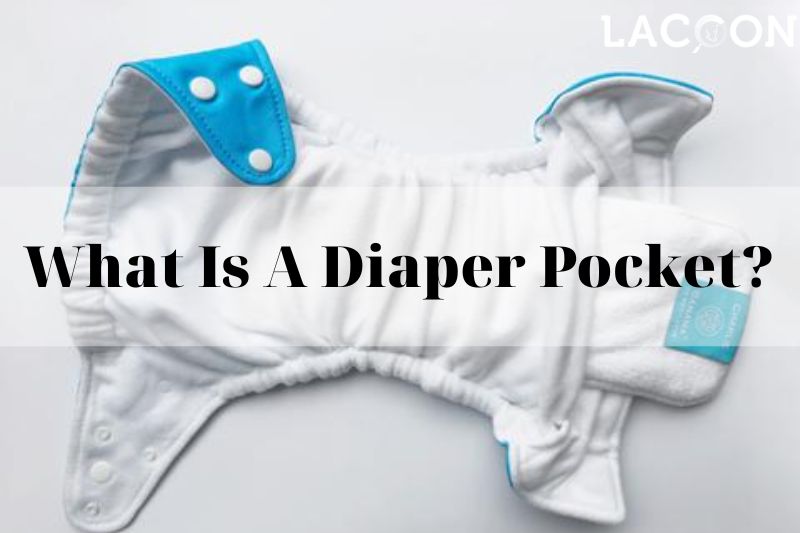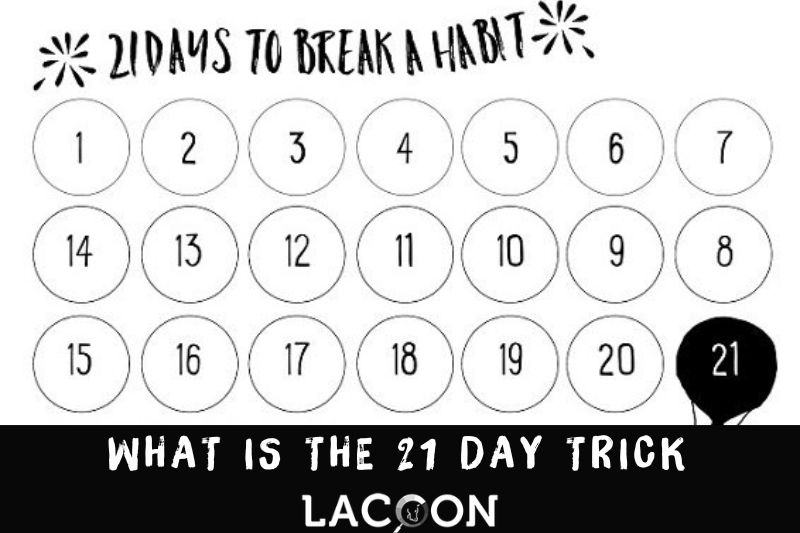Diaper pockets are an essential feature of modern diaper bags and backpacks, designed to make parenting on the go more convenient and organized.
They provide an easily accessible and hygienic storage solution for used diapers, wipes, and other baby essentials, keeping them separate from clean items and preventing odors and spills.
Lacoon will explore what is a diaper pocket in-depth, discussing their benefits, types, and how to choose the right one for your needs in this blog below.
What Is A Diaper Pocket?
This smart design lets parents and caregivers change how wet the diaper is to meet their baby’s needs, whether they need more protection at night or a tighter fit during the day.
The hole in the pocket makes it easy to put and take out the absorbent material. The pocket is usually on the back or front of the diaper.
This design is flexible because parents can choose from different fabrics, like cotton, bamboo, or hemp, based on their own likes and the baby’s unique needs.
PROS of Pocket Diapers
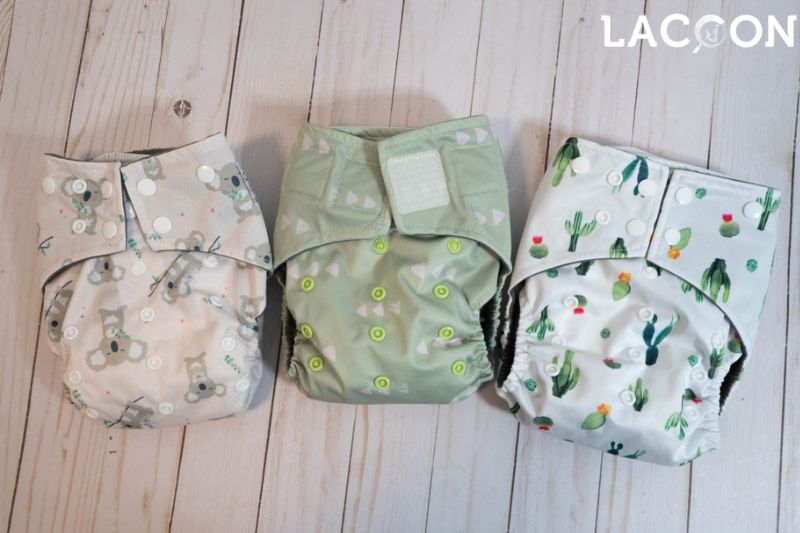
- Customizable absorbency: One of the primary advantages of pocket diapers is the ability to customize absorbency by adding or removing inserts. This feature is especially useful for heavy wetters, overnight use, or long car trips.
- Stay-dry lining: The pocket lining is designed to wick moisture away from the baby’s skin, keeping them dry and comfortable for extended periods.
- Easy to use: Pocket diapers are straightforward to put on and take off, making them a popular choice for caregivers and daycare providers.
- Quick drying: Because the insert and shell can be separated for washing, pocket diapers tend to dry faster than all-in-one or fitted diapers.
- Wide variety of designs: Pocket diapers are available in a range of colors, prints, and styles, allowing parents to choose diapers that match their preferences or their baby’s wardrobe.
- Cost-effective: While pocket diapers have a higher upfront cost than disposable diapers, they can be more cost-effective in the long run, especially if used for multiple children.
CONS of Pocket Diapers
- Stuffing and unstuffing: The need to insert and remove the absorbent material can be time-consuming and may deter some parents from using pocket diapers.
- Potential for leaks: If the pocket diaper isn’t appropriately stuffed or if the insert becomes saturated, leaks can occur.
- Microfiber limitations: Microfiber inserts, while highly absorbent, can be prone to compression leaks and may not be as environmentally friendly as natural fibers like cotton or bamboo.
- Bulkiness: Pocket diapers can be bulkier than other cloth diaper styles, which may affect clothing fit or cause discomfort for some babies.
How Do You Use A Pocket Style Cloth Diaper?
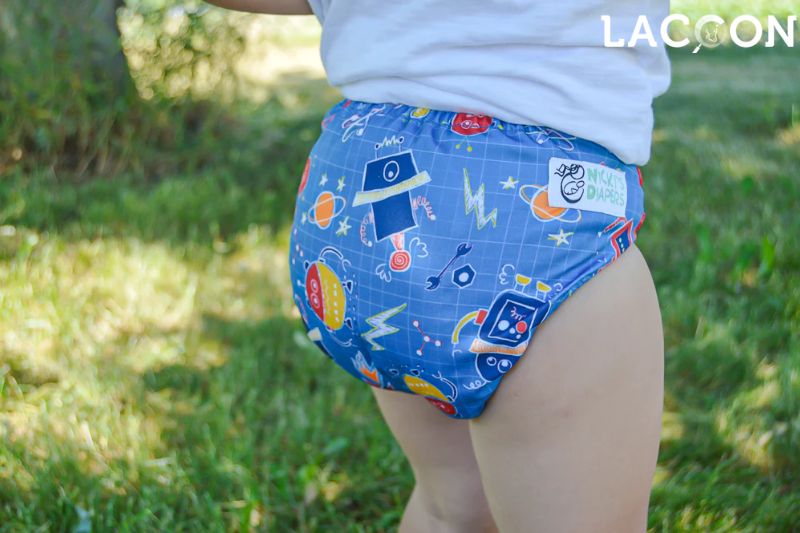
Using your pocket diapers
Stuffing the diaper: Begin by selecting the appropriate insert for your baby’s needs. For daytime use, a single insert is usually sufficient.
For overnight use or heavy wetters, consider using multiple inserts or a more absorbent material like hemp.
Open the pocket opening and slide the insert inside, ensuring it lays flat and reaches the front and back of the diaper.
Adjusting the fit: Most pocket diapers have adjustable snaps or hook and loop closures to fit a range of sizes. Ensure the diaper fits snugly around your baby’s waist and legs, without gaps or tightness that could cause discomfort or leaks.
Time for a diaper change:
- Removing the diaper: Unsnap or unfasten the diaper and gently pull it away from your baby’s body. If the insert remains inside the pocket, remove it before placing the diaper in a designated wet bag or diaper pail.
- Cleaning your baby: Use baby wipes or a damp cloth to clean any waste from your baby’s skin. Ensure the area is dry before putting on a fresh diaper.
- Putting on a clean diaper: Stuff the clean diaper with a fresh insert, and adjust the fit as needed before placing it on your baby. Ensure the diaper is snug around the waist and legs without any gaps or tightness.
Washing pocket diapers:
- Prepping new diapers: Before using new pocket diapers, wash them according to the manufacturer’s instructions to remove any residues and increase absorbency. Natural fiber inserts may require multiple washes to reach maximum absorbency.
- Regular washing: Empty the contents of your wet bag or diaper pail into the washing machine. Run a pre-wash cycle to remove any excess waste, followed by a hot wash with the appropriate amount of detergent. Rinse thoroughly to ensure all detergent is removed. Consult the manufacturer’s instructions for any specific washing requirements.
- Drying: Hang pocket diapers to air dry or use a low heat setting in the dryer. Direct sunlight can help remove stains and sanitize the diapers, but be cautious of potential sun damage to certain materials or colors.
Troubleshooting common issues
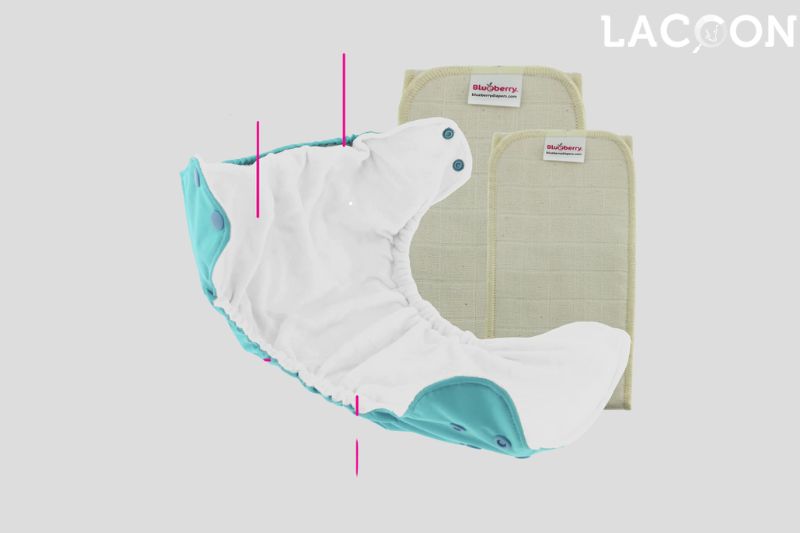
- Leaks: If your pocket diaper is leaking, check the fit around the waist and legs to ensure there are no gaps or tightness. You may need to adjust the diaper size or add more absorbent inserts to prevent leaks.
- Stains: To remove stains, try sunning the diaper, using a stain remover, or adding a small amount of bleach to the wash. Always follow the manufacturer’s guidelines for stain removal.
Don’t want to have to separate the insert from the pocket diaper?
- Alternative solutions: If you find the process of stuffing and unstuffing pocket diapers time-consuming, consider using other types of cloth diapers that do not require this step, such as all-in-one diapers, fitted diapers, or prefolds with covers.
- Hybrid systems: Some brands offer hybrid systems that combine the benefits of pocket diapers with the convenience of disposable inserts. These systems use a reusable shell with a disposable, biodegradable insert that can be removed and discarded without unstuffing the diaper.
- Doubling up: If you’re using pocket diapers primarily for overnight use, you can double up inserts inside the pocket to increase absorbency and minimize the need for frequent unstuffing.
How Many Inserts Go in a Pocket Diaper?
The number of inserts needed depends on your child’s age, the time of day, and their individual needs.
Typically, one insert is sufficient for daytime use, while two or more may be required for overnight or heavy wetters. Experiment with different combinations to find what works best for your baby.
What to Look for In a Pocket Diaper
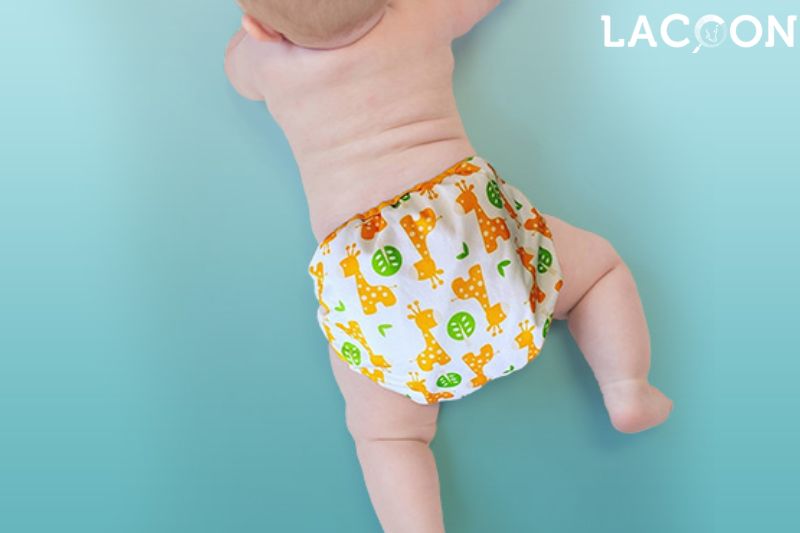
- Quality materials: Look for diapers made from durable, high-quality materials to ensure they last and provide optimal absorbency.
- Adjustable sizing: Choose pocket diapers with adjustable snaps or hook-and-loop closures to ensure a comfortable fit as your baby grows.
- Double gussets: Diapers with double gussets around the legs can help prevent leaks and contain blowouts.
- Easy-to-clean inner lining: Opt for a pocket diaper with a stay-dry lining that wicks moisture away from your baby’s skin, making cleanup easier.
- Good reviews: Read customer reviews and ask for recommendations from other parents to ensure you’re choosing a reliable and effective pocket diaper brand.
Some of our pocket diaper brand highlights
- BumGenius: Known for its high-quality materials and innovative designs, BumGenius offers a variety of pocket diaper styles with adjustable sizing and customizable absorbency.
- Alva Baby: Alva Baby pocket diapers are an affordable option without sacrificing quality. They offer a wide range of colorful prints and adjustable sizing to grow with your baby.
- Thirsties: Thirsties pocket diapers are made in the USA and feature double gussets for extra leak protection. They also offer a range of absorbency options, including hemp and organic cotton inserts.
- Rumparooz: Rumparooz pocket diapers are known for their patented double inner gusset design, providing superior leak protection. They also offer a variety of absorbency options and adjustable sizing.
- Charlie Banana: Charlie Banana pocket diapers are a popular choice for their trim fit, soft materials, and adjustable sizing. They also offer a range of eco-friendly insert options, including organic cotton and hemp.
Pocket Diapers and Cover Diapers
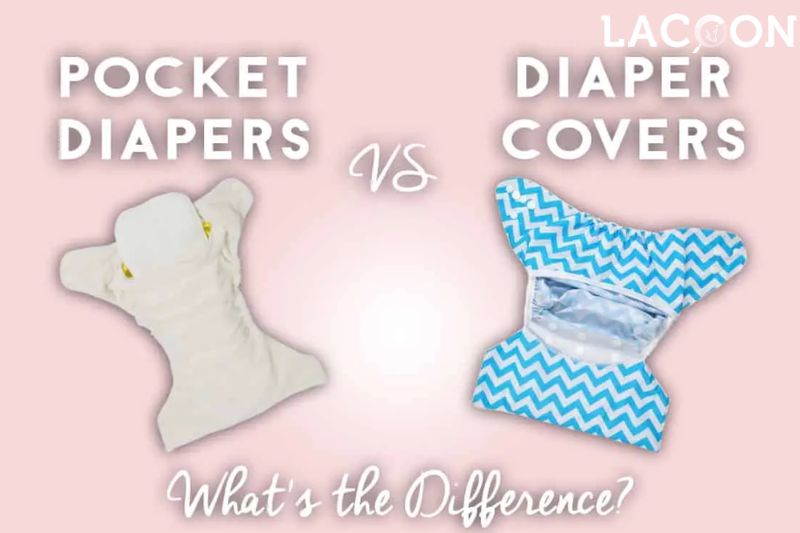
While pocket diapers and cover diapers both serve the same purpose of containing your baby’s waste, they differ in their design and functionality.
Pocket diapers, as discussed throughout this guide, have a built-in pocket that holds absorbent inserts.
These inserts are customizable, allowing for varying levels of absorbency based on your child’s needs. Pocket diapers typically have a waterproof outer layer and a soft, moisture-wicking inner layer.
Cover diapers, on the other hand, consist of a waterproof outer shell and are used in conjunction with separate absorbent layers, such as prefolds, flats, or fitted diapers.
The absorbent layers are placed inside the cover, and the entire diaper is secured around your baby. Cover diapers can be wiped clean and reused multiple times before washing, as long as the cover is not soiled.
Both pocket diapers and cover diapers have their advantages and disadvantages, and the choice between the two ultimately depends on your personal preferences, budget, and lifestyle.
Conclusion
Pocket-style cloth diapers offer a versatile, customizable, and user-friendly diapering solution for many families.
By understanding the pros and cons of pocket diapers and learning how to use them effectively, parents can enjoy the benefits of cloth diapering while minimizing any potential drawbacks.
Experimenting with different types of cloth diapers or hybrid systems can help you find the best fit for your baby and lifestyle.

